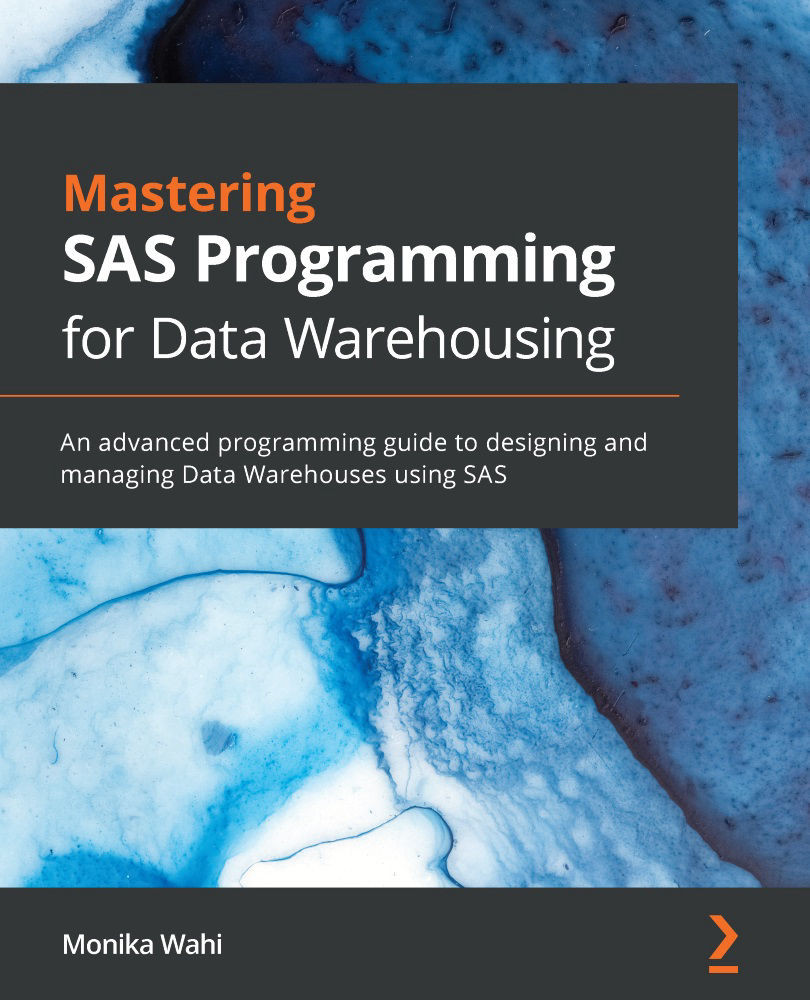Chapter 10
One reason why it is helpful to consider both analysts and developers as user classes in a data warehouse or data lake is because they both have unique sets of needs that should be served. Serving their needs will increase their satisfaction, which is important for different reasons. Increasing the satisfaction of analyst users will increase their ability to provide analytic output, and that will increase the value of the data system. Increasing the satisfaction of developer users will improve their ability to do their job efficiently, which will also improve the data system. Another reason to consider them user classes is that, as a practical matter, permissions should be granted on the basis of subclasses of user functions. Since these subclasses apply to both analysts and developers, it is helpful to have user classes of both analysts and developers.
There is a similarity between analyst users of data lakes and developer users of data warehouses, and that is...


































































